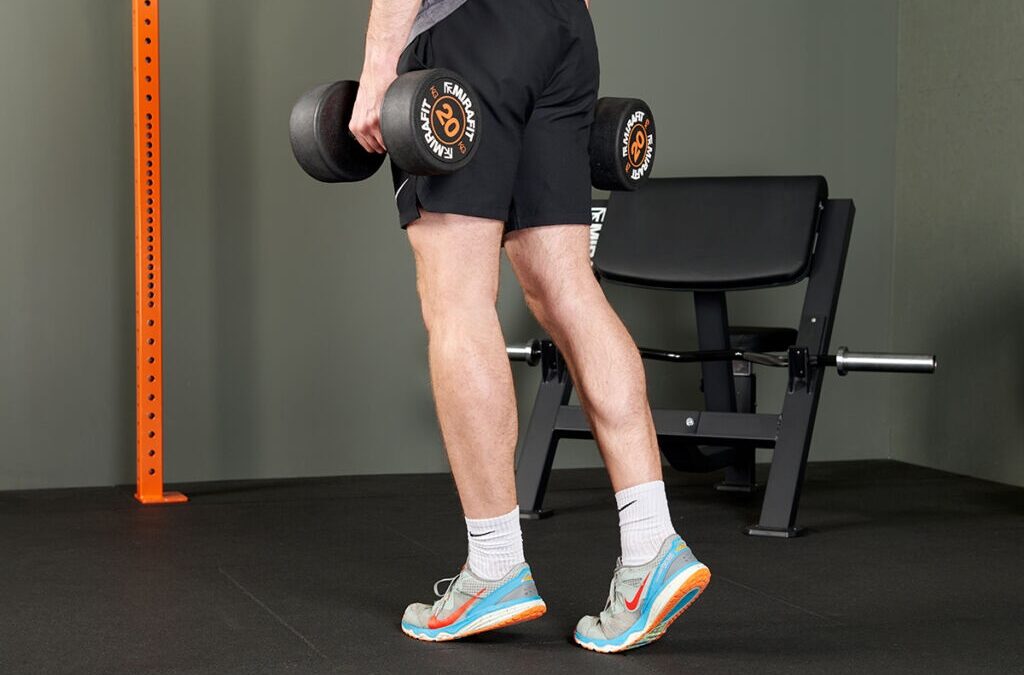
Target Muscles for the Decline Bench Press: What You Need to Know
A strong and effective exercise that is often overlooked in many fitness regimens is the decline bench press. This exercise is done on a bench that is positioned at a decline angle, usually between 15 and 30 degrees. Although the decline bench press is comparable to the flat and incline bench presses, it has advantages of its own since it targets certain muscle areas more successfully. For best results, include this exercise more strategically into your training plan by being aware of the muscles used throughout it.
Pectoral Lower Muscles
The lower pectoral muscles, also referred to as the lower chest, are the main muscle group that the decline bench press targets. Greater activation of the lower pectorals is made possible by the declining angle, which moves the attention away from the top and middle regions of the chest. This focused stimulation contributes to the development of a more defined and fuller lower chest, giving the illusion of a well-proportioned chest. In addition to improving general upper body strength, strengthening the lower pectorals may help increase performance in other chest workouts.
Brachii Triceps
The decline bench press works the triceps brachii in addition to the lower pectoral muscles. The muscles in the rear of the upper arm that are in charge of extending the elbow joint are called the triceps. The triceps are an essential muscle for pushing the weight upward during the decline bench press, particularly during the lockout portion of the exercise. You may efficiently target and build your triceps with the decline bench press, which will enhance arm definition and pressing power in a variety of upper body workouts.
Anterior Serratus
A lesser-known but crucial muscle group that is used during the decline bench press is the serratus anterior. The serratus anterior, a muscle on the sidewalls of the chest, is essential for supporting the upward rotation of the scapula and stabilizing the shoulder blades. During the decline bench press, activating the serratus anterior improves shoulder stability and encourages appropriate movement mechanics. Increasing the strength of this muscle may help avoid frequent shoulder problems linked to a lack of scapular control as well as enhance upper body performance overall.
Central muscles
The decline bench press works mostly on the upper body, but it also works the core muscles quite a bit. It takes the contraction of the lower back, obliques, and abdominal muscles to stay stable and controlled while using a decline bench. During the lift, this engagement helps to support the torso and avoids the back from arching excessively. Enhancing general stability and balance with workouts such as the decline bench press helps strengthen the core muscles and enhance performance in a variety of physical activities.

